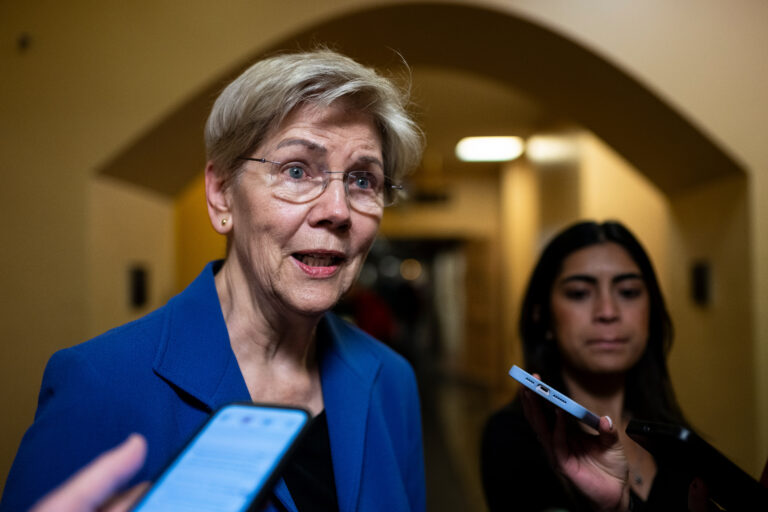Update 12/20/25: Deal is back, no end date listed and no targeted language. This time only a $300 bonus is available. This offer is in branch only so might be targeted when you go in branch? Hat tip to reader Chris
Update 2/21/21: Deal is back until 04/30/2021. Hat tip to reader Mark A
Offer at a glance
- Maximum bonus amount: $350 personal and $350 business
- Availability: Valid for residents in NY, MA, RI, and CT
- Direct deposit required: Optional
- Additional requirements: Yes, see below
- Hard/soft pull: Soft
- Credit card funding: None
- Monthly fees: $11.95- $21.95, waivable
- Early account termination fee: $15 if closed within 90 days
- Expiration date:
March 10th, 2017May 12th, 2017 July 14th, 2017 October 6th, 2017June 8th, 2018 September 7th, 2018 June 28th, 2019September 30th, 2019 August 29th, 2020February 26, 2020
Our Verdict
Direct link to offer
- Webster Bank are offering a bonus up to $300 when you open a new Premium checking account.
- Receive a $150 bonus when you have a qualifying direct deposits totaling $500 or more made to this account during the statement cycle (limit $300 or two statement cycles)
of $250 or $400 for opening a new checking account. Let’s take a quick look at both offers:Open a Webster Value Checking account and receive a bonus of $250 when you do the following:Use promo code $250VALUE-MOV-FEB-APR21Minimum deposit of $50Complete one qualifying direct deposit OR have average account balance greater than or equal to $1,000 in the calendar month ending 04/30/2021
Open a Webster Value Premier account and receive a bonus of $400 when you do the following:Use promo code $400PREMIER-MOV-FEB-APR21Minimum deposit of $500Complete one qualifying direct deposit OR have average account balance greater than or equal to $10,000 in the calendar month ending 04/30/2021

The Fine Print
- This is an exclusive, non-transferable offer, available to the addressee of our direct mail or email offer
- Promotion valid for new checking accounts opened between 04/16/2018 and 06/08/2018 meeting minimum opening balance requirements.
- Customer must be a resident of NY, MA, RI or CT at time of account opening and promotion payout.
- Customer must have a direct deposit of $500 or more (Direct Deposit transactions are limited to payroll, social security, pension, and government benefits; PayPal® and Venmo transactions are excluded) between the month the account was opened and 09/30/2018. OR Customer must have an average account balance greater than or equal to $10,000 for the calendar month ending 09/30/2018.
- To be eligible, the primary customer must qualify for Premier Checking and must not have had an open checking account since 04/01/2017 at Webster Bank.
- Account must be in good standing at the time of payout; an account is considered to be in good standing if it has a positive balance and is not in the process of being closed.
- All funds will be transferred into the newly established checking account by 11/15/2018.
- All amounts will be reported to the IRS, and customer is responsible for any applicable taxes.
- Cannot be combined with any other offers from Webster.
- Please present this mailer to receive the offer and speak to a Webster banker for details. Rates shown for any product or tier are subject to change at any time.
- This is an exclusive, nontransferable offer, available to the addressee of our direct mail offer.
- One offer per household.
Avoiding Fees
There is also a $2 fee for paper statements, avoided with eStatements.
Webster Value Checking $11.95 Monthly Fee
This account has a $11.95 monthly fee, this is waived when you meet one of the following requirements during your monthly statement cycle:
- Maintain a monthly average balance of at least $1,000
- Are age 65 or older and have at least one direct deposit
- Have at least 10 debit card purchases (PIN or signature) post to your account during the statement period (ATM transactions do not qualify, nor do any purchases using an ATM-only card).
Webster Premier Checking $21.95 Monthly Fee
This account has a $21.95 monthly fee, this is waived if you meet any of the following requirements during your monthly statement cycle:
- By keeping $20,000 in combined average checking, money market, and savings balances during your monthly statement period
- By keeping $50,000 adding CD, home equity, and installment loan balances as of the end of your statement period
Early Account Termination Fee $15
If account is closed within 90 days a $15 fee is charged.
Our Verdict
Would definitely be worth doing, but it’s a shame about the targeted language. I haven’t seen that on previous offers before so not sure if it’s enforced or not. It’s nice there is no direct deposit required, but a $10,000 balance is required. Best case scenario you open the account in early June and then close it after the bonus posts. I would add this to our best checking sign up bonuses page because of how good a deal it is, but I won’t due to the the targeted language.
Big thanks to reader, David who let us know. Please consider sharing bank bonuses with this site so we can make it even better.
Useful posts regarding bank bonuses:
- A Beginners Guide To Bank Account Bonuses
- PSA: Don’t Call The Bank
- Introduction To ChexSystems
- Banks & Credit Unions That Are ChexSystems Inquiry Sensitive
- What Banks & Credit Unions Do/Don’t Pull ChexSystems?
- How To Use Our Direct Deposit Page For Bank Bonuses Page
- Common Bank Bonus Misconceptions + Why You Should Give Them A Go
- How Many Bank Accounts Can I Safely Open Within A Year For Bank Bonus Purposes?
- Affiliate Links & Bank Bonuses – We Won’t Be Using Them
- Complete List Of Ways To Close Bank Accounts At Each Bank
Big thanks goes to reader Curmudgeon for sending this through
Post history:
- Update 12/2/20: Deal is back until 02/26/2021.
- Update 9/18/20: Deal is back until November 30, 2020.
- Update 6/20/20: Extended until August 29th, 2020. Hat tip to EdwardD
- Update 5/3/20: Extended until May 30th, 2020. Hat tip to EdwardD
- Update 4/13/20: Deal has been extended until April 30th, 2020.
- Update 2/2/20: Deal has been extended until March 31st, 2020.
- Update 1/13/2020: Deal is back and valid January 31st, 2020.
- Update 10/3/19: Deal is back and valid until December 31st, 2019
- Update 7/2/19: Deal is back and valid until, bonuses have been increased to $250 & $400. Valid until September 30th, 2019.
- Update 4/23/19: Deal is back and valid until 06/28/2019
- Update 1/27/19: Deal is back and valid until March 29th, 2019. Still contains the targeted language. Hat tip to happ316
- Update 07/28.18: Deal is back until September 7th, 2018 Matt K. Still contains the targeted language.
- Update 05/23/18: Bonus is back, but contains targeted language: This is an exclusive, non-transferable offer, available to the addressee of our direct mail or email offer. Hat tip to David.







